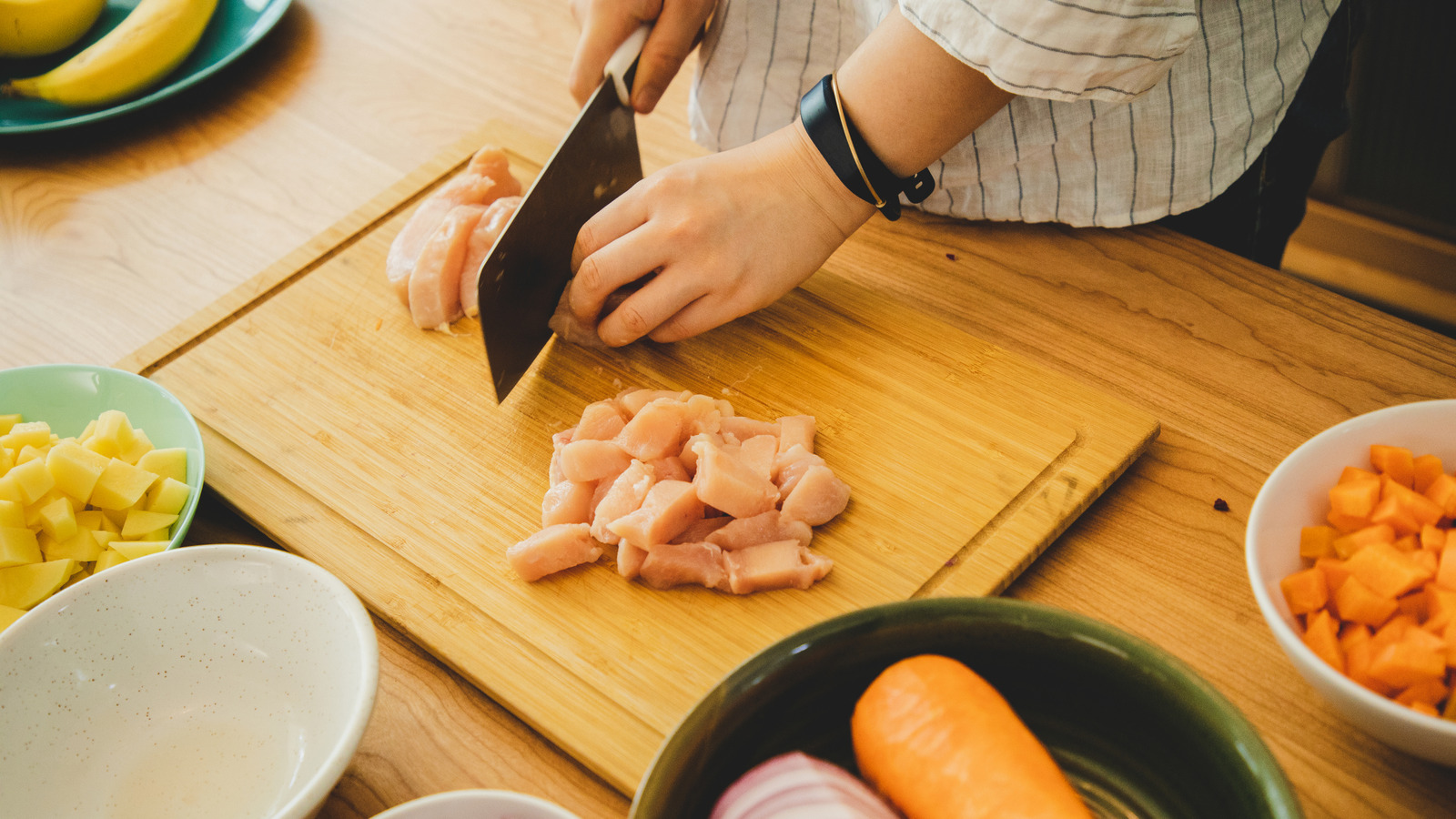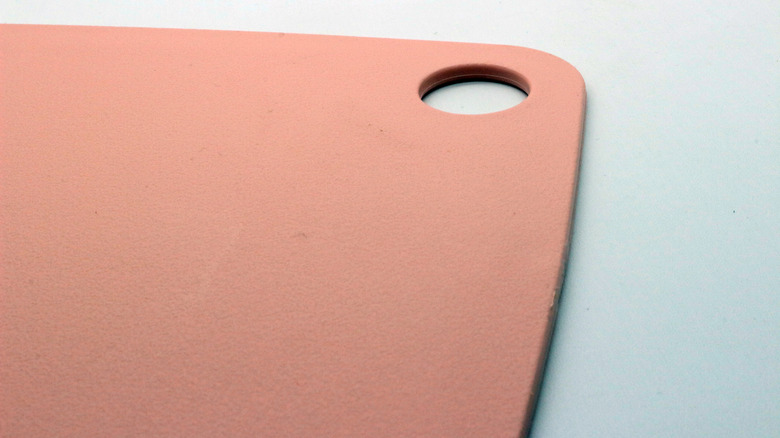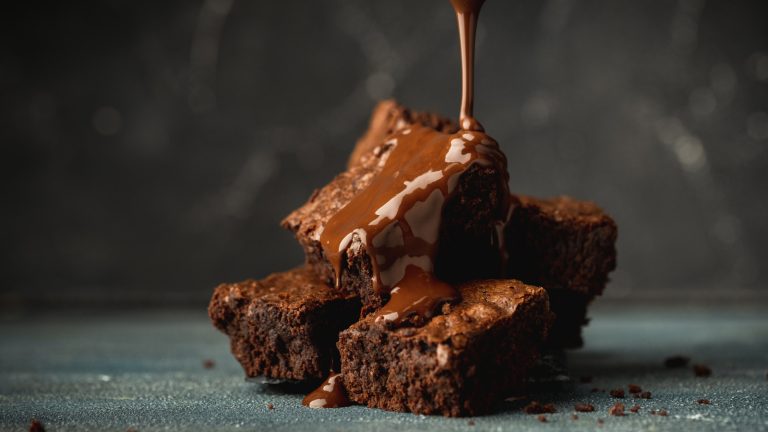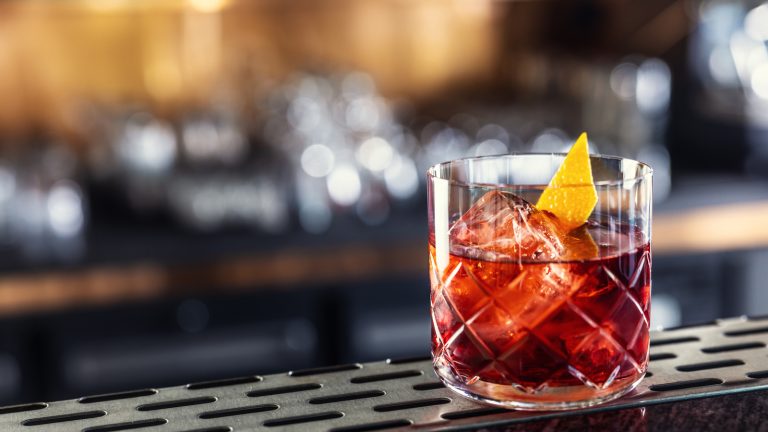An essential tool for daily meal preparation, cutting boards come in a wide variety of options; from plastic and bamboo, to marble and glass. In the interest of saving both your blades and countertops, the two most ideal options are wood and rubber, but what’s the difference? While wood cutting boards are definitely more aesthetically pleasing, rubber is easier to maintain and more sanitary.
Whether your kitchen is decked out in butcher block countertops or you’ve got an heirloom board passed down from your grandmother, most home cooks are pretty familiar with wooden cutting boards. Although there are common cutting board mistakes, if they’re made of the right types of wood — such as maple, acacia, birch or walnut — and are seasoned and maintained, a quality wooden cutting board can last longer than a lifetime. Wood cutting boards (depending upon the type) are soft and gentle on your knife, which means it will require less sharpening. The biggest downfall is that wood is porous, and unless the board is cleaned well and oiled and waxed every few weeks, it can harbor harmful bacteria. Some fine grained woods such as maple, teak, and bamboo possess antimicrobial properties, which draw contaminants down into the wood and kill them as it dries. The only problem is those harder woods will also be more likely to dull your knife.
Rubber cutting boards
In some markets, wood cutting boards are not approved for use in commercial kitchens due to the chance that a poorly maintained board can harbor bacteria, thus many professional chefs have turned to rubber. Both synthetic and natural rubber cutting boards are non-porous, making them an ideal antimicrobial cutting surface. Rubber cutting boards are also softer and offer more give, absorbing each knife stroke more effectively, which means your knife will require sharpening less often.
Like wood, rubber cutting boards are not dishwasher safe and will warp from high heat, but they also don’t require sanding and seasoning and are easier to maintain. Although rubber is more resistant to gouges and scratches than plastic, if you do scratch the rubber board, you can resurface it with a little sanding. Due to their durability, a quality rubber cutting board can last as long, or even longer, than their woody kin. Also, though rubber boards are heavier than plastic, they’re still lighter than many quality wood options, and, like wood, are far less likely to slip around on your countertop.
It may seem superficial, but aesthetics are probably the biggest difference between wood and rubber cutting boards. Rubber boards can sometimes look utilitarian, and, while you can still find other colors, tend to primarily come in basic black or beige colors. On the other hand, wood cutting boards often feature warmer, earthy colors and stylish designs, and can be more pleasing to the eye — just take a look at the luxury boards celebrity cooks Ina Garten and Giada De Laurentiis swear by. But don’t judge a book — or a board — by its cover! The USDA recommends having one board dedicated for meat and poultry and using another solely for produce, so why not try both?






